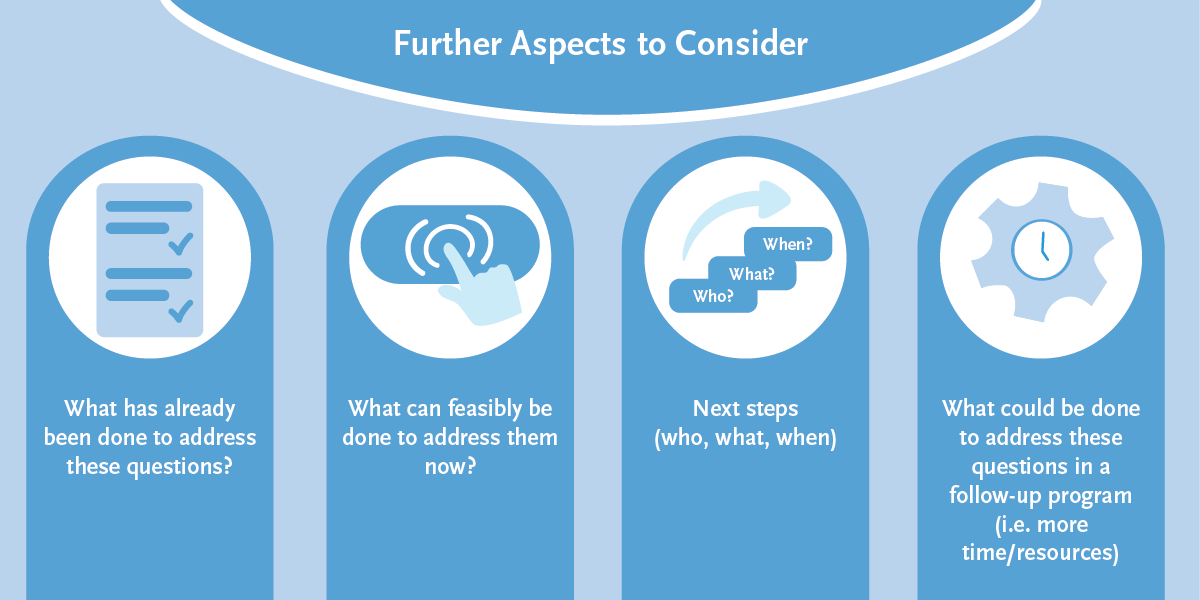
Social Equity and Justice
What do we mean by Social Equity and Justice, and why is it helpful?
Considering ways research and innovation can address inequities and avoid negative consequences for stakeholders and their wider communities, to realise benefits beyond particular stakeholders or partners.
Getting started with Social Equity and Justice
Start by sitting down and working through the self-reflection questions below. Certain questions may require further exploration. This may be in the sense of linking in with other dimensions (see below) or through the use of tools and processes to address any issues that the reflection has surfaced.
Potential questions to ask
- What makes an innovation “good", and for whom?
- What is the ability to participate among different stakeholders?
- Do inequalities impact on who can participate in, and benefit from, our research?
- If so, how can our research contribute to more equitable participation and outcomes?
How these questions can be addressed
- Gain an understanding of social justice aspects in innovation:
- equitable distribution of resources
- equal recognition of different groups
- equal representation of different groups in decision-making
- Consider how research and innovation can contribute towards community and national wellbeing
Further aspects to consider are presented below.

Potential methods and tools to engage with this dimension |
(If your work connects to genomics in Aotearoa-New Zealand, Te Nohonga Kaitiaki will be a valuable reference)
(See the New Zealand Association of Impact Assessment for useful introductions and tools) |
Linking into different dimensions and next steps
Each dimension is not a separate area to work through as a tick-box process. Instead, they should all flow into each other. Working through each of the dimension's self-reflection questions will help you think about the connections you may have missed.
An example of linking social equity and justice into a different dimension.
Considering different stakeholders' ability to participate presupposes that you have considered who your research is relevant to (an aspect of inclusion). Additionally, thinking through what makes an innovation 'good' requires you to anticipate what impacts and results may come out of your research and innovation.
Explore other dimensions
